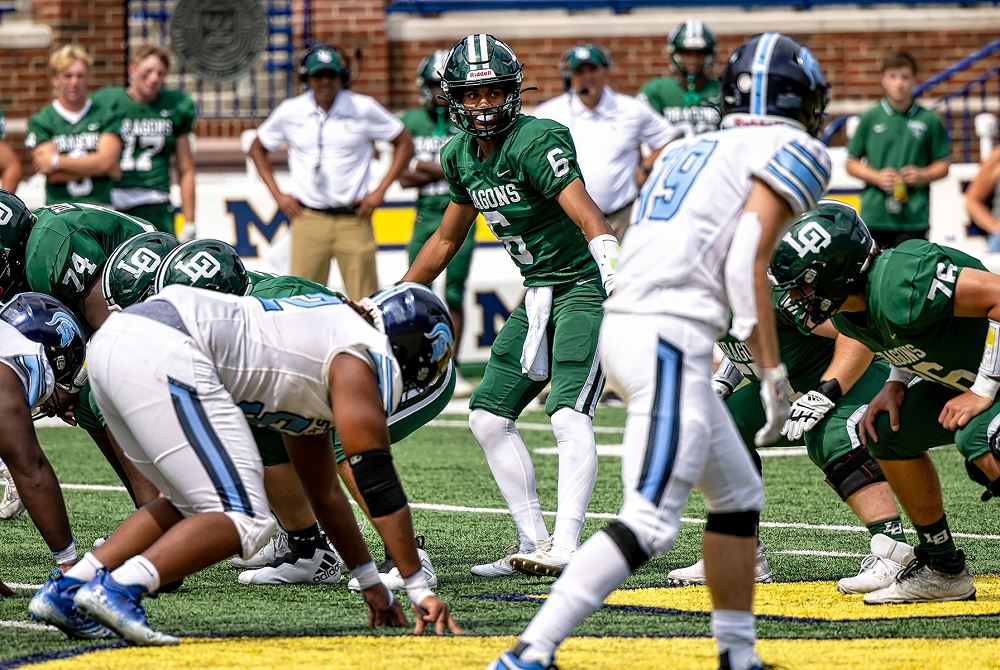
Be the Referee: Pass Interference
September 9, 2014
This week, MHSAA assistant director Mark Uyl explains one of the toughest calls to make on the football field.
"Be the Referee" is designed to help educate people on the rules of different sports, to help them better understand the art of officiating and to recruit officials. The segment can be heard on Mondays, Wednesdays and Fridays during the school year on The Drive With Jack Ebling on WVFN-AM, East Lansing.
Below is this week's segment - Pass Interference - Listen
Today we’re going to talk about one of the most difficult calls for any football official – pass interference. It’s important to know that whenever a forward pass is thrown beyond the line of scrimmage that both players – the offensive receiver as well as the defender – each have an equal right to make a play on the football.
Now, not all contact will automatically result in a pass interference foul. The official must judge if that early contact before the ball arrives has placed one of the two players at a distinct disadvantage. When that contact does create the disadvantage, you have a foul for pass interference. When the contact is minimal and is simply incidental, no foul has occurred.
Past editions
Aug. 25 - Targeting - Listen
Sept. 4 - Concussions - Listen

Be the Referee: Football Rules Similarities
By
Sam Davis
MHSAA Director of Officials
August 30, 2023
Be The Referee is a series of short messages designed to help educate people on the rules of different sports, to help them better understand the art of officiating, and to recruit officials.
Below is this week's segment – Football Rules Similarities - Listen
Last week we highlighted some major differences between high school football and the college and pros. This week — how about some of the things that are similar?
New as of last year is the addition of a tackle box when judging intentional grounding. In high school, like college and pros, the QB must be outside of the tackle box and throw it past the line of scrimmage for it to NOT be intentional grounding.
Horse collar tackles are penalties at all three levels of play. The ball carrier must be pulled down backward or to one side for there to be a foul … but if there is, it’s 15 yards.
And a receiver at the high school level needs to have a body part down in bounds, the same as in college. But the NFL requires two feet in for a catch.
Previous Editions
Aug. 23: Football Rules Differences - Listen
(PHOTO by Douglas Bargerstock.)

